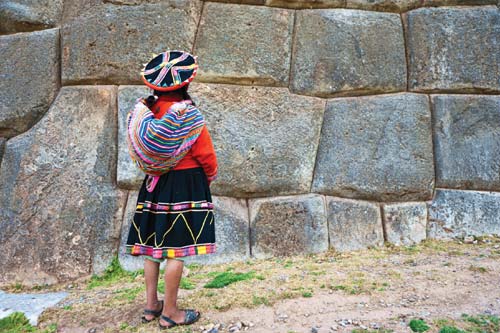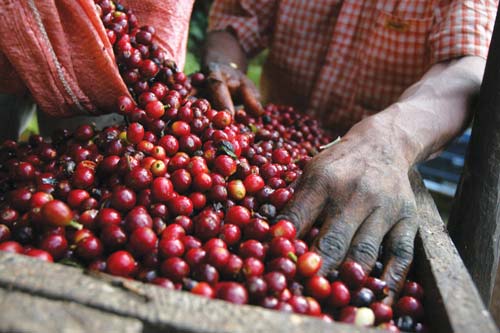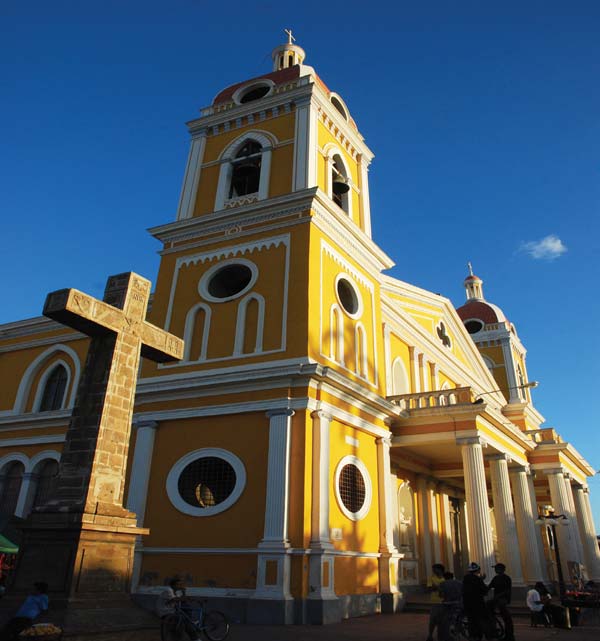
VOLUNTEER VACATIONS
IN LATIN AMERICA
AMY E. ROBERTSON
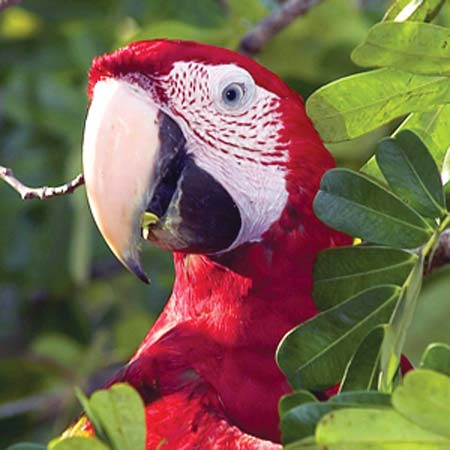 Never doubt that a small group of thoughtful, committed citizens can change the world. Indeed, it is the only thing that ever has.
Never doubt that a small group of thoughtful, committed citizens can change the world. Indeed, it is the only thing that ever has.
Margaret Mead
Volunteer vacationscombining travel and volunteer workare becoming an increasingly popular way to see the world. Why spend your vacation working? Its not about workits about travel. Travel becomes transformative when you share experiences and integrate with the people, culture, and environment of the place. Volunteer vacations convert the tourist into the traveler, allowing you to experience a destination and connect with locals in a new way. Its about sharing talents and abilities, mutual learning, and pulling back the curtain that separates the foreigner from the country.
Its also about fun. You might find yourself drawn to the rich indigenous cultures of Guatemala, Bolivia, or Peru. The golden sands of Honduras, Panama, and Brazil may beckon. Are you captivated by the extraordinary wildlife of Costa Rica and Ecuador? Or do you long for the laid-back vibe of Nicaragua and Mexico? From the European-Latin fusion of Argentina to the beaches and colonial cities of less-traveled Colombia, Latin America offers something to entice any traveler.
Of course, its also about need. Poverty figures in Latin America dwarf those of the United States and Canada. Most Latin American countries dont have social safety nets like welfare or Medicaid. Entire families may live in one- or two-room homes with dirt floors and no running water. Children may go to school only 100 days a yearor not at all. Wildlife conservation and environmental protection is often left behind in the basic struggle for survival.
I took my first volunteer vacation when I was 13 years old, building homes with Habitat for Humanity in Washington State. The camaraderie that I sharedwith both my fellow volunteers and the family whose home we were buildingwas amazing, and it was gratifying to be able to help people in need. Seeing the injustice of economic inequality up close, and feeling the satisfaction of participating in a solution, planted the seeds for my first career in international development.
Today I have built homes in Honduras, monitored presidential elections in Ecuador, and worked with marginalized youth in Bolivia. Each experience opened a window into a world different from my own, and I gained indelible memories in the process. Whatever you choose to do, volunteering will add a new dimension to your travels and will leave you with meaningful remembrances of your own.
WHERE TO GO
Encompassing 20 nations, 4 dependencies, 600 million people, and roughly 8 million square miles, Latin America is a big place with many possibilities. Once youve narrowed down your options, take the time to read up on your destination. A deeper understanding of the local culture, economy, and political context will not only help you find the right fit, but also greatly enhance your volunteer experience once youre on the ground.
Mexico and Central America
Mexico is Latin Americas northernmost country, filled with bustling and sophisticated cities interspersed between lush countryside and ancient pyramids, as well as endless golden beaches. Heading south, Central Americas Northern Triangle of Guatemala, El Salvador, and Honduras is next: a fertile region of mountains and cloud forests that is also rife with hardships. While Guatemala and Mexico are rich with indigenous cultures, the Maya and the Aztec the most famous among them, in compact Honduras a visit to Mayan ruins can be made in conjunction with a trip to its spectacular Caribbean archipelago. At the southern border of Honduras lies Nicaragua, the poorest country in Latin America (and second poorest in the Western Hemisphere, after Haiti), but volunteers may be surprised by the wealth of volcanoes, colonial architecture, and easygoing attitudes. The stable and more economically developed Costa Rica, Panama, and (English-speaking) Belize make up the rest of the region.
Guatemala, Honduras and Nicaragua have a large selection of locally based volunteer opportunities, from teaching English to protecting sea turtles, plus some unusual offerings, such as the promotion of green and alternative building practices in Guatemala, or training emergency responders in Nicaragua. Because of Mexico and Central Americas proximity to the United States, flights there are frequent and generally much less expensive than those to South America.
South America
From the beaches of Brazil to the Andean mountains of Bolivia, the coffee farms of Colombia to the pampas of Argentina, South America evokes beauty and romance. Colombia, Venezuela, Guyana, Suriname, and French Guiana line the northern Atlantic coast of the continent. Along the Pacific, Ecuador, Peru, and Bolivia are famed for their Andean mountains, strongholds of the diverse Quechua people and home to many more indigenous groups as well. They also share the Amazon rainforest with their eastern neighbor, Brazil, whose beaches and fun-loving cities are as celebrated as its forests. Argentina, Chile, Paraguay, and Uruguay compose the Southern Cone region and are distinguished by a strong European influence and a love of the asado, or barbecue.
Colombia is emerging as a great offbeat destination for travel and voluntourism, while a more established path for volunteers has been worn to Ecuador, Peru, and Bolivia. As a result, these countries also offer the greatest number of locally based volunteer opportunities in the region. Southern Cone countries have stronger economies and less outreach to international volunteers, but existing opportunities are generally well organized. National regulations make volunteering in Brazil a trickier affair, but those wishing to practice their Portuguese or samba steps while volunteering will find plenty to do.
Next page

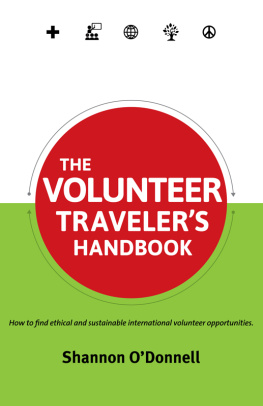
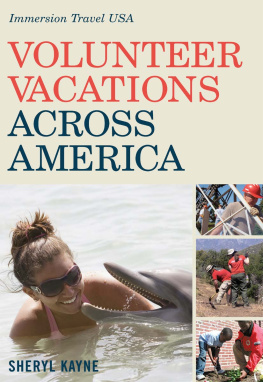

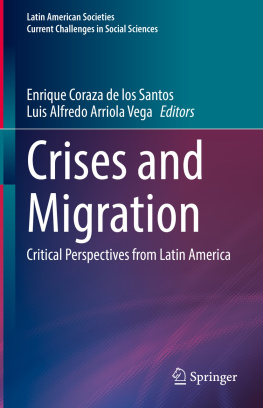

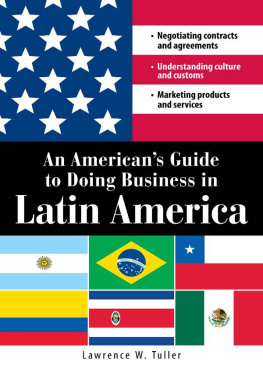

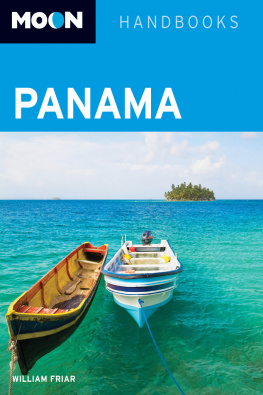



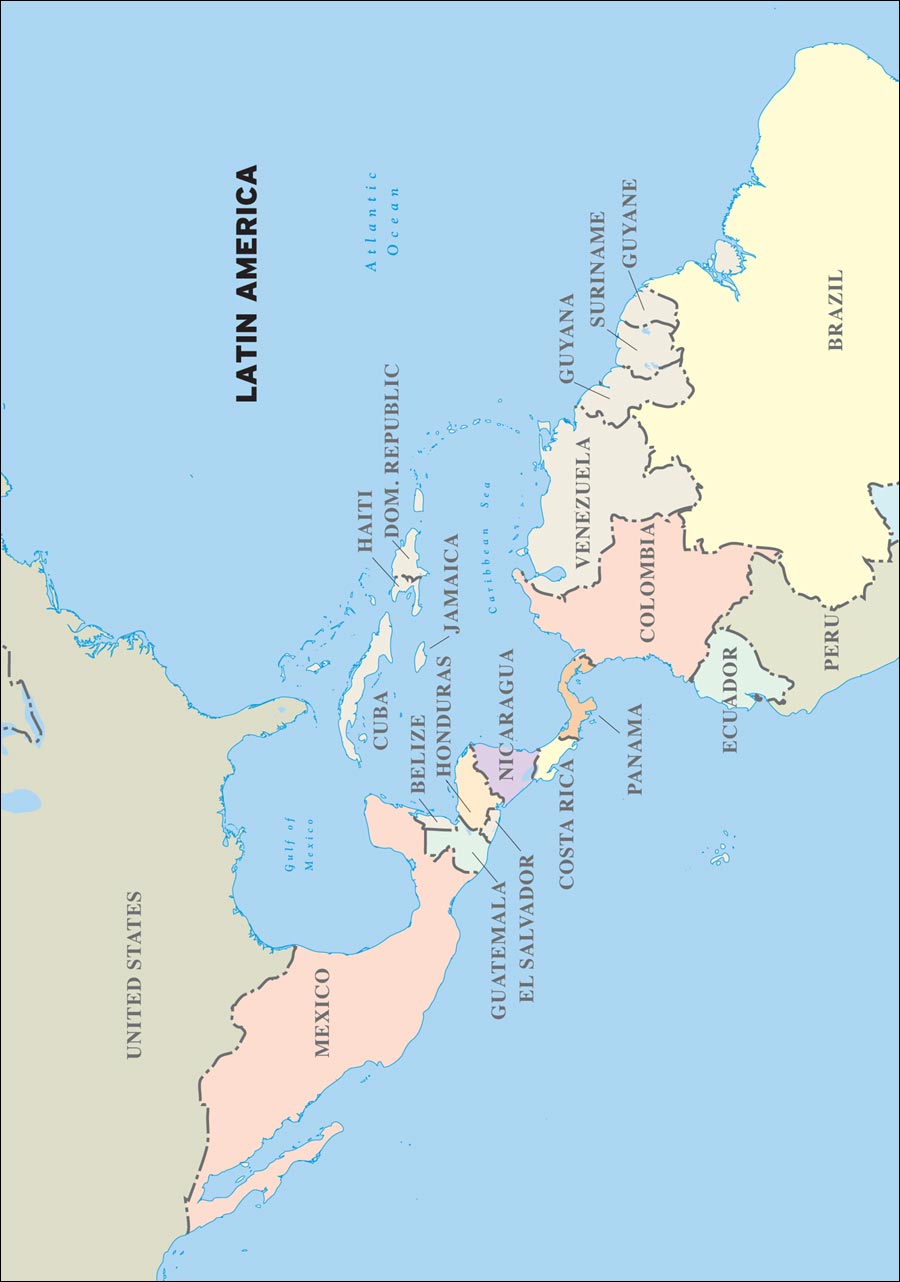

 Never doubt that a small group of thoughtful, committed citizens can change the world. Indeed, it is the only thing that ever has.
Never doubt that a small group of thoughtful, committed citizens can change the world. Indeed, it is the only thing that ever has.
